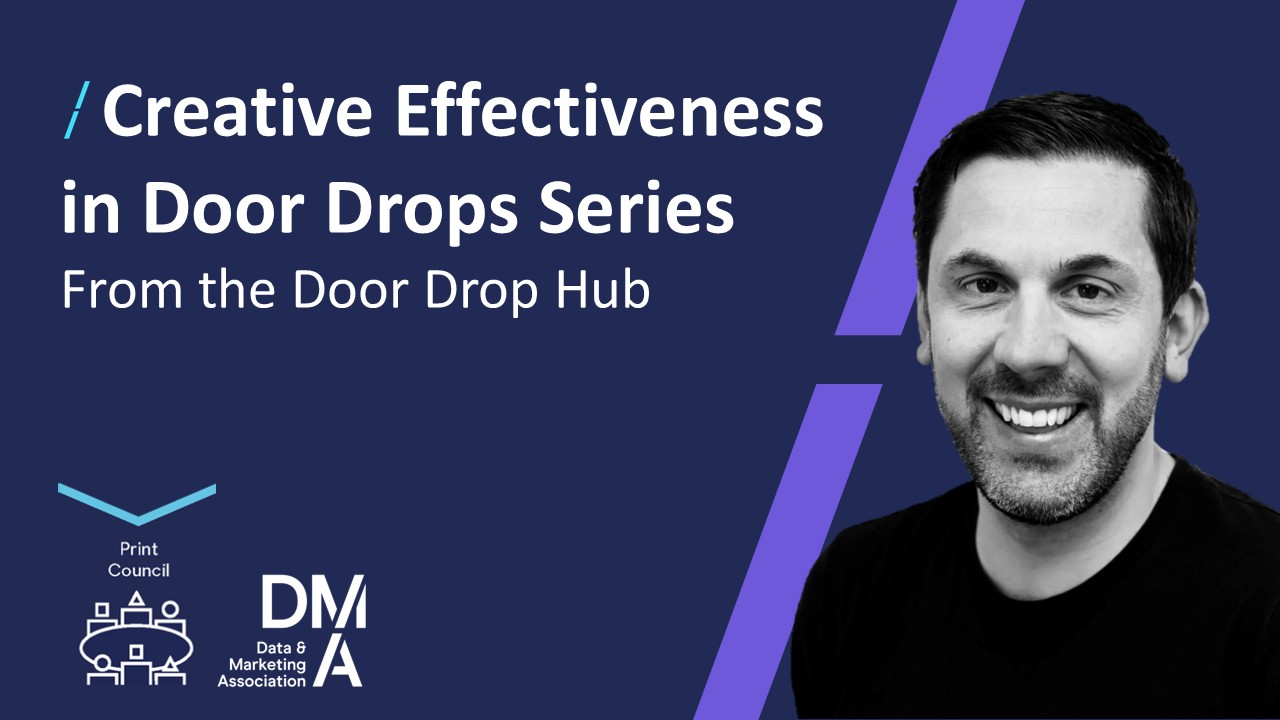Using powerful CRM to change brand perception
09 Aug 2013
Everyone knows that customer relationship marketing is demonstrably brilliant when it comes to driving changes in behaviour. I say that, though not many brands appear to use it that way. Most so-called ‘CRM’ delivers content based purely around relevance as described by relatively unsophisticated segmentation; this tends to be drawn from demographic information and behavioural data. Of course, some clients have developed segmentation that has also got that magic ‘third dimension’: motivation.
CRM based on relevance is of course where the foundations were laid. CRM that drives behaviour change is the basic level of competence for most brands. However, we can take a customer and by understanding the customer journey we want them to be on – and of course how that intersects with where *they* want to be – we can deliver messages which move them on in a sequence through a series of relevant and well-timed nudges.
For example, let’s say you have just bought a car. The first thing we do is say ‘thank you’, we then check you are happy, and later on set you up a service deal with your local garage, and so on until it is time for you to buy again. By this point you are fully engaged and your propensity to buy is X amount higher. (In reality, CRM often works first by reducing the customer’s propensity to switch.)
CRM drives behaviour. Simple. But we’ve also got this rich third dimension. Should it not be possible to use CRM to drive changes in attitude? Of course it should.
How CRM can change brand perception: a fictional case study
Let me give you another example. Take a brand like McCain, makers of fine frozen potato products. The finest in fact. With a hard-to-deliver message – “McCain frozen chips are good (for your kids)”. And take a scenario: let’s say you’re a customer in a segment motivated by two things: concern for the wellbeing of your young kids, and lack of time to do stuff that you really need to do.
Imagine an email, (you’ll have to imagine it, as this is a fictional example!) which arrives and says, “Hello. At school your kids are going to be learning about where food comes from. Here is a colour-by-numbers picture of Farmer John and his big red tractor. Print it, and it will support what they learn.” As a parent, you’ve got half an hour of safe, moderately instructional activity for your kids to do while you get on with whatever you’ve got to do.
Next email turns up and Farmer John goes and ploughs a field. The next one shows how potatoes are planted. The next is how a potato grows underground. The next harvest time. Finally, the potatoes are in the McCain factory (the delightful one from the TV adverts) where potato-plus-sunflower oil (yes, that’s all) becomes dinner.
By the end of it you, the customer, knows that McCain chips are, in fact, perfect to serve to your children – three green traffic lights, no additives and so on. The brand has never tried to deliver its message by stating something you won’t believe, but it has changed your attitude. I love chips. The CRM programme they ran for five years had a massive effect on attitudes, particularly within ‘brand resister’ segments.
CRM is powerful. It’s particularly effective when you make use of all of its capabilities. The kind of work we did with McCain has of course moved on substantially – but this basic premise of utilising all of CRM’s dimensions to engage customers, not just shift behaviour but to shift attitudes, is where the power to do transformative marketing lies.
Felix Velarde, MD, Underwired





Please login to comment.
Comments